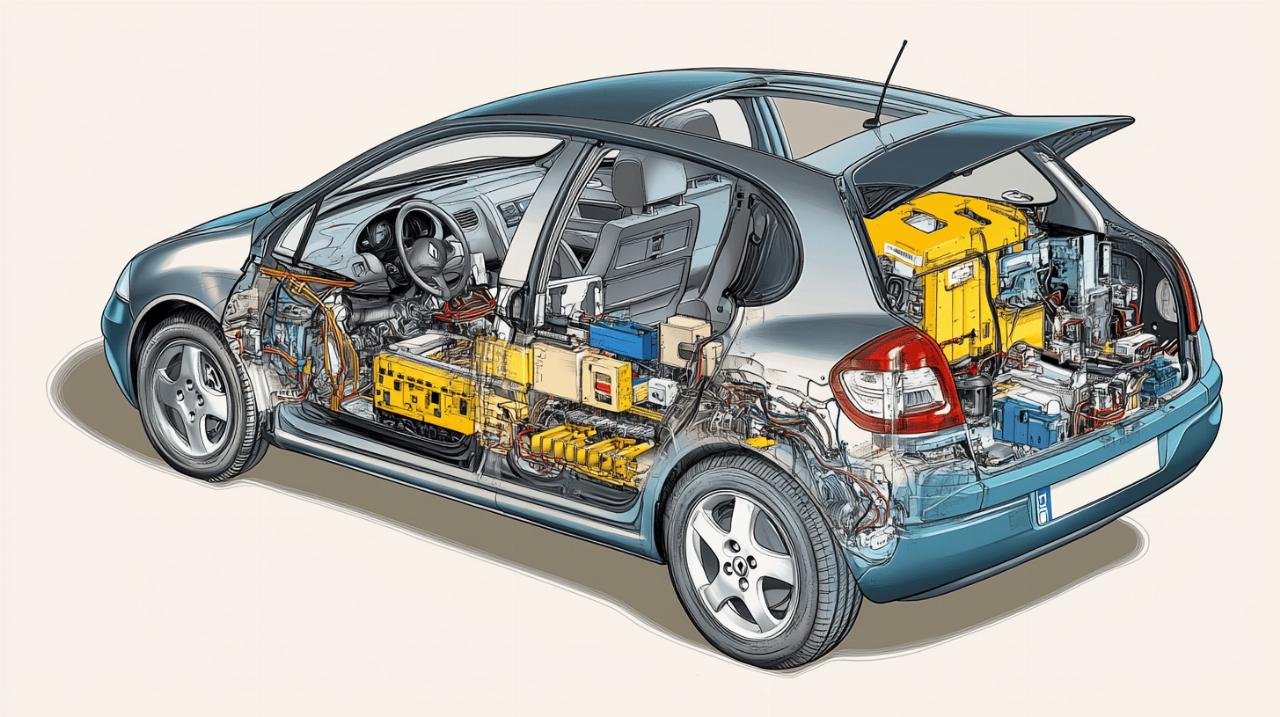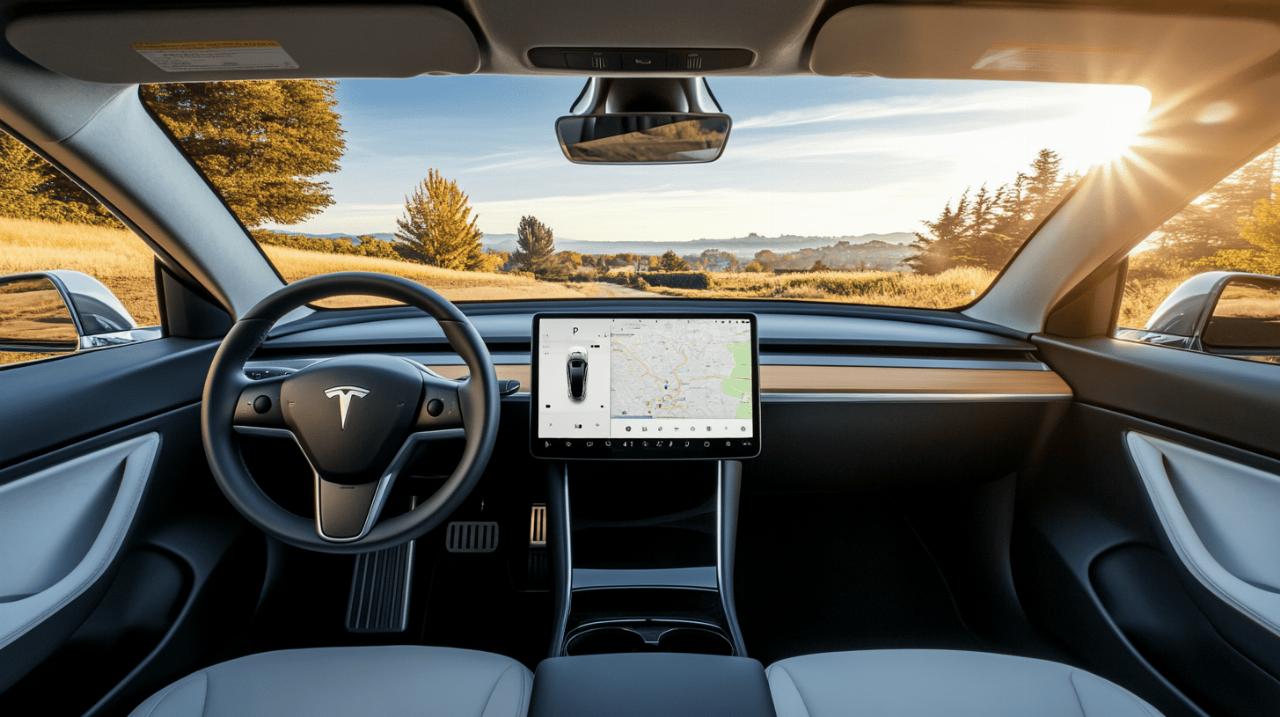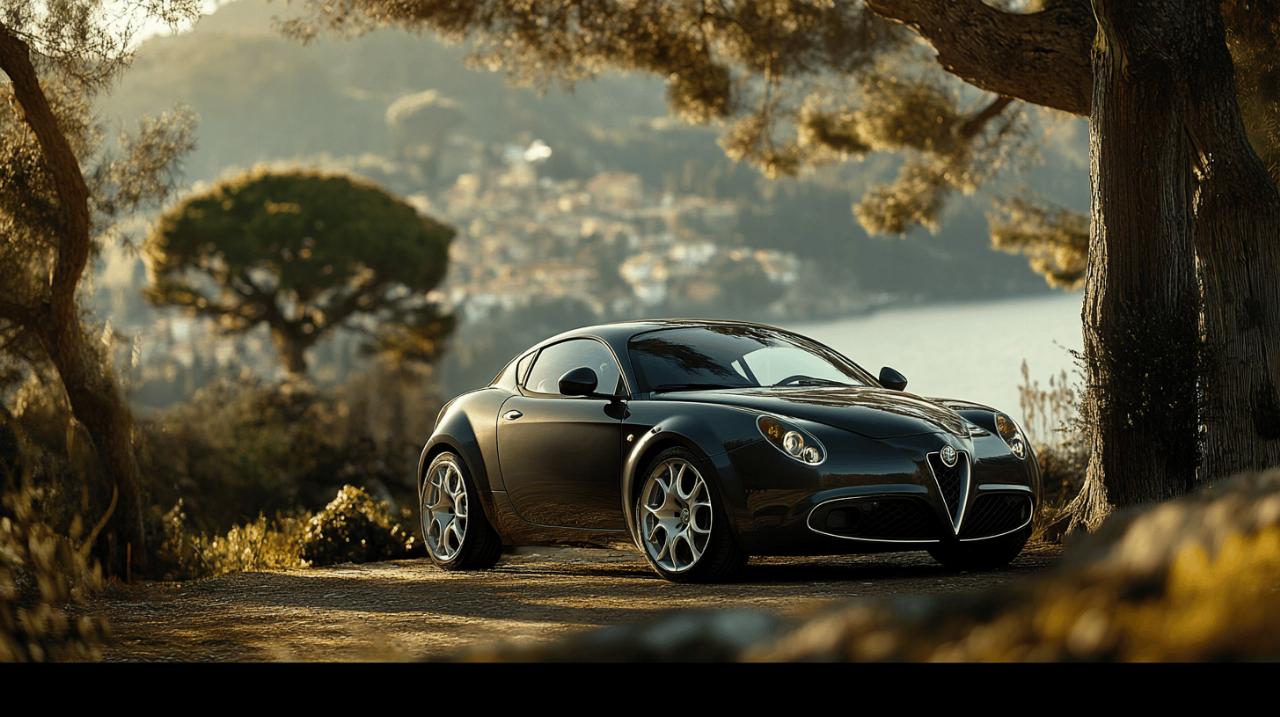When you're driving your Renault Clio 2 and suddenly notice warning lights illuminating your dashboard, it can be both confusing and concerning. Understanding the electrical system behind these indicators can help you diagnose and resolve issues quickly before they become serious problems. The fuse system in your Clio plays a crucial role in protecting the vehicle's electrical components and ensuring everything from your headlights to your engine management system operates correctly.
Locating your renault clio 2 fuse box
Before you can troubleshoot any electrical issues in your Renault Clio 2, you need to know where to find the fuse boxes. These small but vital components are the first line of defence for your car's electrical systems, preventing excess current from damaging expensive components. Knowing their locations will save you precious time when electrical gremlins appear.
The primary fuse box position in your clio
The main fuse box in the Renault Clio 2 is typically located on the passenger side of the vehicle, within the glove compartment area. To access it, open the glove box fully and look toward the side closest to the front of the car. Some owners find it helpful to remove any items from the glove box first to improve visibility. This primary fuse box contains most of the fuses that control your dashboard components, interior lights, and various electronic control modules.
Secondary fuse locations you might have missed
Many Clio owners are unaware that there is actually a secondary fuse box location. This additional fuse housing is usually situated under the bonnet, near the battery, and contains fuses for major systems like the engine management, cooling fans, and fuel pump. Some models also have relay boxes underneath the steering column, which can be the culprit behind dashboard light failures. One Clio owner discovered their dashboard lights and rear sidelights stopped working not because of a blown fuse, but due to faulty relays under the passenger side dash.
Understanding fuse ratings and functions
Fuses may look simple, but they come in various ratings designed specifically for different electrical loads. Using the wrong amperage can lead to serious electrical problems or even fire risks, so it's important to understand the system before making replacements.
Decoding the fuse amperage system
Renault Clio 2 fuses follow a standard colour-coding system that indicates their amperage rating. Blue fuses are typically 15 amps, while red ones might be 10 amps. Yellow fuses often represent 20 amps, and clear or white fuses are usually 25 amps or higher. This colour system makes it easier to identify the correct replacement fuse when needed. The amperage rating tells you how much current the fuse can handle before it breaks the circuit to protect your car's electrical components.
Critical circuits protected by your clio's fuses
Each fuse in your Renault Clio 2 protects specific circuits. The dashboard warning lights, for example, are typically protected by a dedicated fuse, as are the engine management systems, brake lights, and power steering. When a circuit experiences too much current draw, perhaps from a short circuit or a failing component, the fuse breaks the circuit by melting, preventing damage to more expensive parts of your car. Understanding which fuse controls which system will help you quickly diagnose issues when components stop working.
Identifying and fixing common fuse problems
Electrical issues often manifest through warning lights or non-functioning components. Knowing how to identify and address these problems can save you time and money on unnecessary garage visits.
Tell-Tale Signs of Blown Fuses in Your Renault Clio 2
When a fuse blows in your Clio, the symptoms are usually quite obvious. You might notice certain electrical components suddenly stop working, such as wipers, indicators, or interior lights. Dashboard warning lights might illuminate unexpectedly, or specific systems like the ABS or ESP might report faults. A common sign is when multiple related systems fail simultaneously. For instance, if your dashboard lights and rear sidelights both stop working, as experienced by one Clio owner, it suggests a problem with a shared fuse or relay. Visual inspection of the fuse itself can confirm this, as blown fuses typically show a broken metal strip inside the transparent housing.
Step-by-step guide to replacing faulty fuses
Replacing a blown fuse in your Renault Clio 2 is a straightforward process that requires no special tools beyond a replacement fuse. First, identify which fuse has blown by consulting your owner's manual or the diagram usually printed on the fuse box cover. Once identified, use the small plastic tweezers often provided in the fuse box to carefully pull out the suspected fuse. Check if the metal strip inside is broken. If it is, replace it with a new fuse of exactly the same amperage rating. Never substitute a higher-rated fuse as this could allow too much current to flow, potentially damaging your electrical system or even causing a fire.
Dashboard warning lights and electrical safety
 The warning lights on your dashboard serve as an early alert system, telling you when something isn't right with your vehicle. Understanding what these lights mean can help you address issues before they become serious problems.
The warning lights on your dashboard serve as an early alert system, telling you when something isn't right with your vehicle. Understanding what these lights mean can help you address issues before they become serious problems.
What those warning lights are trying to tell you
Renault uses a traffic light colour system for their dashboard warnings, making it easier to understand the urgency of the issue. Green lights indicate systems that are working correctly, such as indicators or headlights. Amber or orange warnings suggest something isn't working properly but isn't immediately dangerous. These should be checked soon but don't require immediate action. Red warnings, however, indicate serious and potentially dangerous problems that require you to stop driving when safe to do so. For instance, the oil pressure warning light indicates potentially catastrophic engine damage if ignored, while the brake warning light could signal a dangerous failure in your braking system.
Preventative maintenance to avoid electrical nightmares
Regular electrical system checks can prevent many dashboard warning lights from ever illuminating. Start by inspecting battery terminals for corrosion and ensuring they're tightly connected. Check fuses periodically, especially if you notice intermittent electrical issues. Keep an eye on fluid levels, particularly coolant and oil, as low levels can trigger warning lights and cause electrical sensors to malfunction. Listen for unusual sounds from relays or switches, which might indicate they're about to fail. If you notice dimming headlights or interior lights, this could suggest alternator problems or battery issues that might eventually affect your entire electrical system.
Deciphering dashboard warning light systems
Dashboard warning lights in your Renault Clio 2 serve as your vehicle's communication system, alerting you to everything from minor niggles to serious mechanical failures. Modern Renault vehicles use a straightforward traffic light colour system that makes interpreting these signals more straightforward than ever.
The traffic light colour coding explained
Renault dashboard indicators follow a logical colour-coded system designed for quick interpretation. Green lights indicate systems functioning properly – they're simply telling you a feature is active. Orange or amber warnings suggest something isn't quite right but doesn't require immediate attention – you should get it checked at your earliest convenience. Red warning lights demand immediate action as they signal serious and potentially dangerous problems. When these illuminate, you should stop driving as soon as it's safe to do so.
Key dashboard indicators you might encounter include the engine management light (signalling engine performance issues), oil pressure warning (indicating dangerously low oil levels), battery warning (showing charging system problems), and the crucial STOP light (requiring immediate vehicle shutdown). The Renault Clio manual provides a comprehensive guide to all warning lights, covering everything from side lights to passenger airbag indicators.
Responding to critical warning indicators
When critical red warning lights illuminate on your Renault dashboard, prompt action is essential. The brake warning light signals either low brake fluid or a brake system malfunction – stop immediately and have your vehicle checked by a professional. Similarly, if the coolant warning light appears, your engine is likely overheating, and continuing to drive risks irreparable damage.
Electronic fault warnings can be particularly troublesome in the Clio 2, often requiring professional diagnostics. Some owners have reported issues with dashboard lights and rear sidelights failing to work, initially appearing to be fuse-related problems but ultimately traced to faulty relays located under the passenger side dash. The ABS warning light indicates an anti-lock braking system fault that needs attention soon, but if it illuminates alongside the brake warning light, immediate stopping is necessary.
For electrical gremlins, the fuse box (typically located in the glove compartment or near the steering column in the Renault Clio 2) should be your first port of call. Consulting the fuse box diagram helps pinpoint specific circuits causing trouble, and when replacing fuses, always match the correct amperage to protect your vehicle's electrical systems properly.





